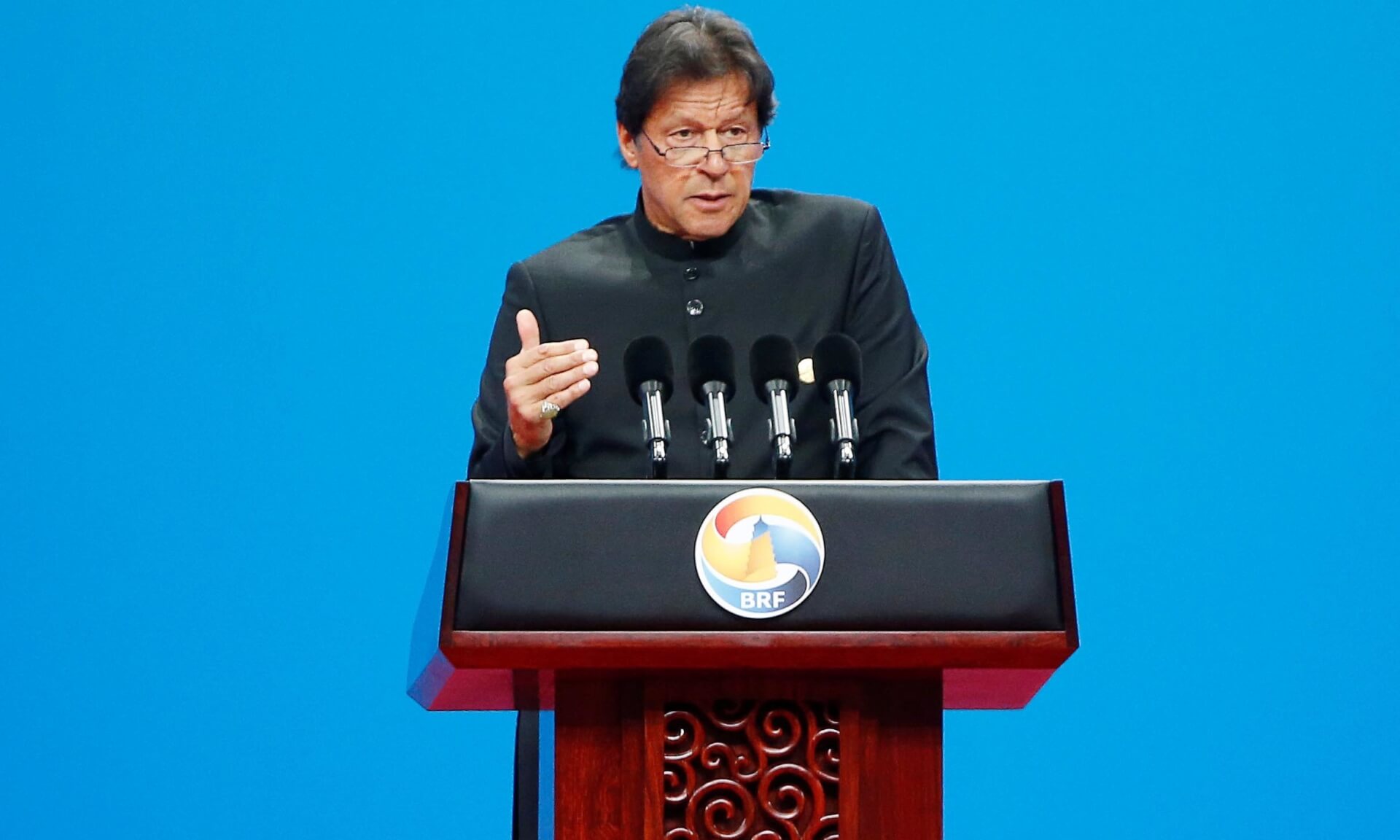Pakistan-occupied-Kashmir (PoK) witnessed a series of protests against China and Pakistan following the decision of Pakistan to allow the construction of dams on the Neelam and Jhelum rivers. The protesters expressed several concerns. Primarily, they were concerned about the environmental impact of the dam on the region. Consequently, they ran a social media campaign, with #SaveRiversSaveAJK trending on Twitter. They also questioned the legality of the decision, as the area on which the dam is being constructed is a disputed region, claimed by both India and Pakistan. They said that the decision taken by China and Pakistan was in violation of international law.
The construction of the dam is a result of a tripartite agreement signed between the Kohala Hydropower Company Ltd., a subsidiary of the China Three Gorged Cooperation, and the governments of China and Pakistan. The deal was finalised for a 1,124-megawatt hydropower plant on the Jhelum river, which is worth $2.4 billion. The project is scheduled to be completed by 2026.
This project is a part of the China-Pakistan-Economic-Corridor (CPEC). Prime Minister Imran Khan, while announcing the project, said that “CPEC was confined to road connectivity, but now other aspects of the corridor are being unfolded”. He further reasserted his belief that the “CPEC project will take Pakistan to the very top”.
Recently, amidst criticisms surrounding the CPEC projects, Imran Khan promised that the “ambitions” of the CPEC would be completed despite the resistance he is facing. He said, “The corridor is a manifestation of Pakistan-China friendship, and the government will complete it and any cost and bring its fruit to every Pakistani.” He also said that the project was necessary for Pakistan’s “socio-economic development”.
CPEC is a $62 billion vision, which is a part of Chinese President Xi Jinping’s Belt and Road Initiative (BRI)—a project that intends to build roads, railways and sea lanes to connect Asia, Africa, and Europe. Several critics have called it a “trillion-dollar blunder”, saying that it is guided by the misplaced assumption that “massive economic projects” will result in a flourishing economy. In fact, t is predicted that CPEC will result in a debt of $80 billion, 90% of which Pakistan will be compelled to pay. Once Pakistan is inevitably unable to repay the exorbitant debt, it will be forced to hand over the sovereignty of its territory to China.
The negative impact of Chinese involvement in Pakistan is already being felt. In May, a 278-page report investigated the unprecedented rise in the cost of electricity in Pakistan. The report, presented by the “Committee for Power Sector Audit, Circular Debt Reservation, and Future RoadMap”, suggested that corruption and malpractice resulted in a loss of $625 million. Out of this, one third was traced back to Chinese projects. However, with the highly skewed power dynamics between China and Pakistan, Pakistan will likely have to accept these malpractices by Chinese companies.
Also Read: Pakistan Unearths $625 Million Loss From CPEC Due to Chinese Corruption
Image Source: Dawn

